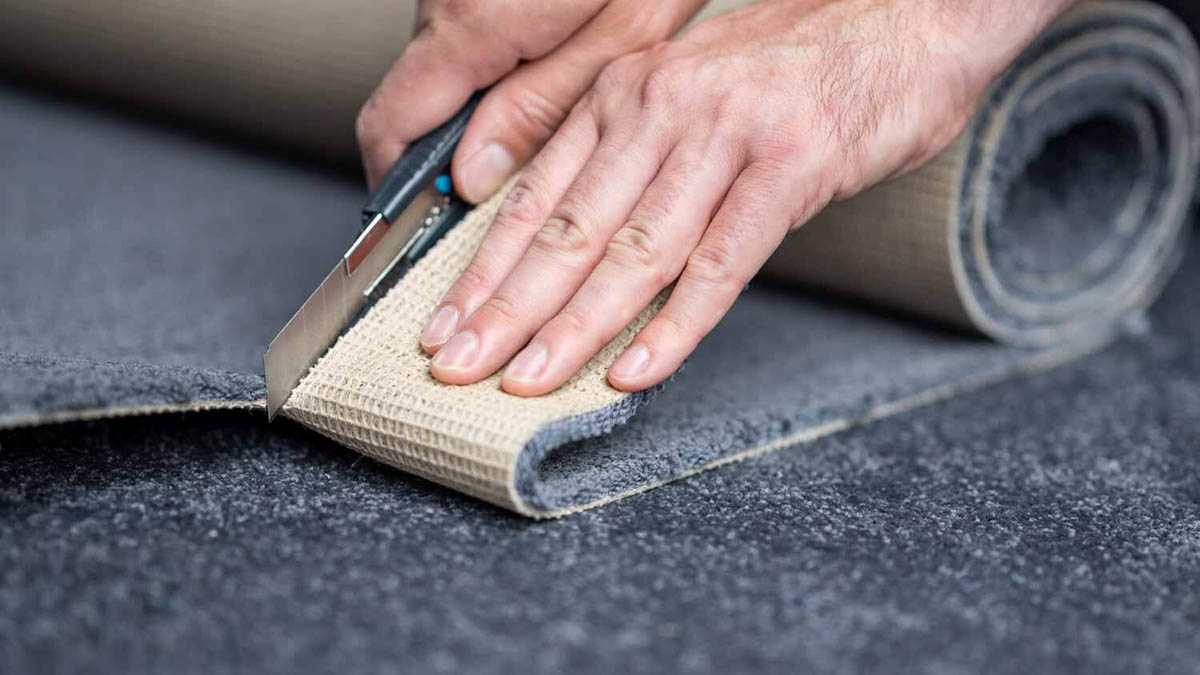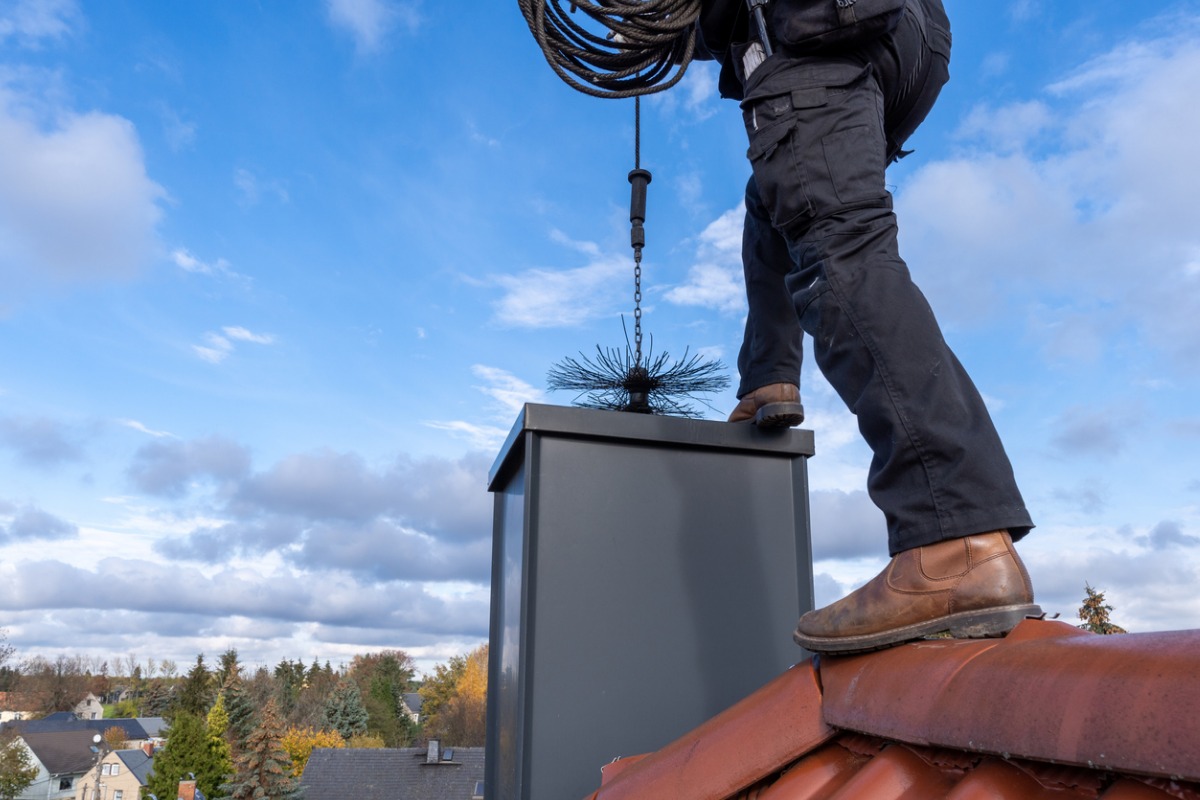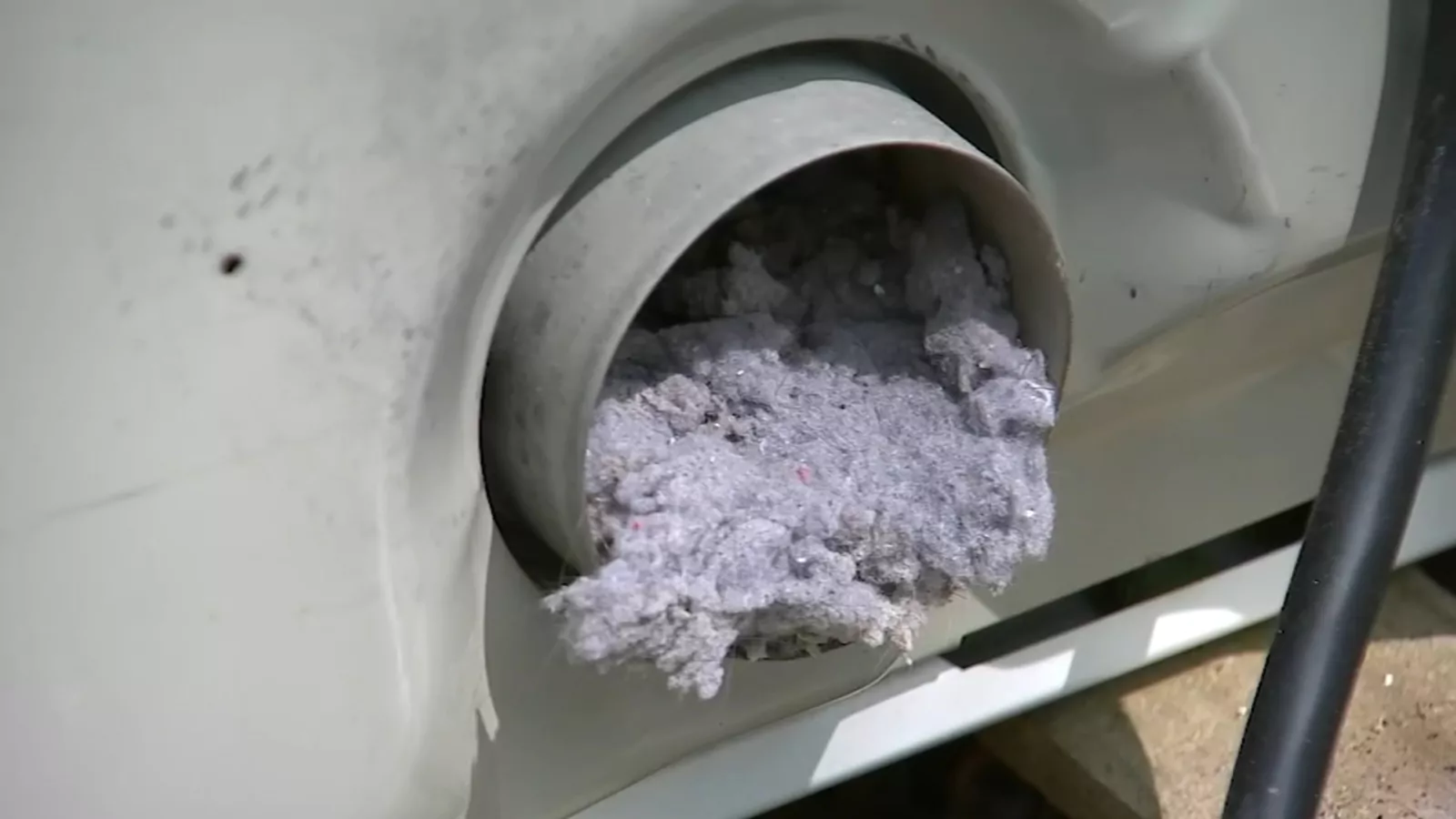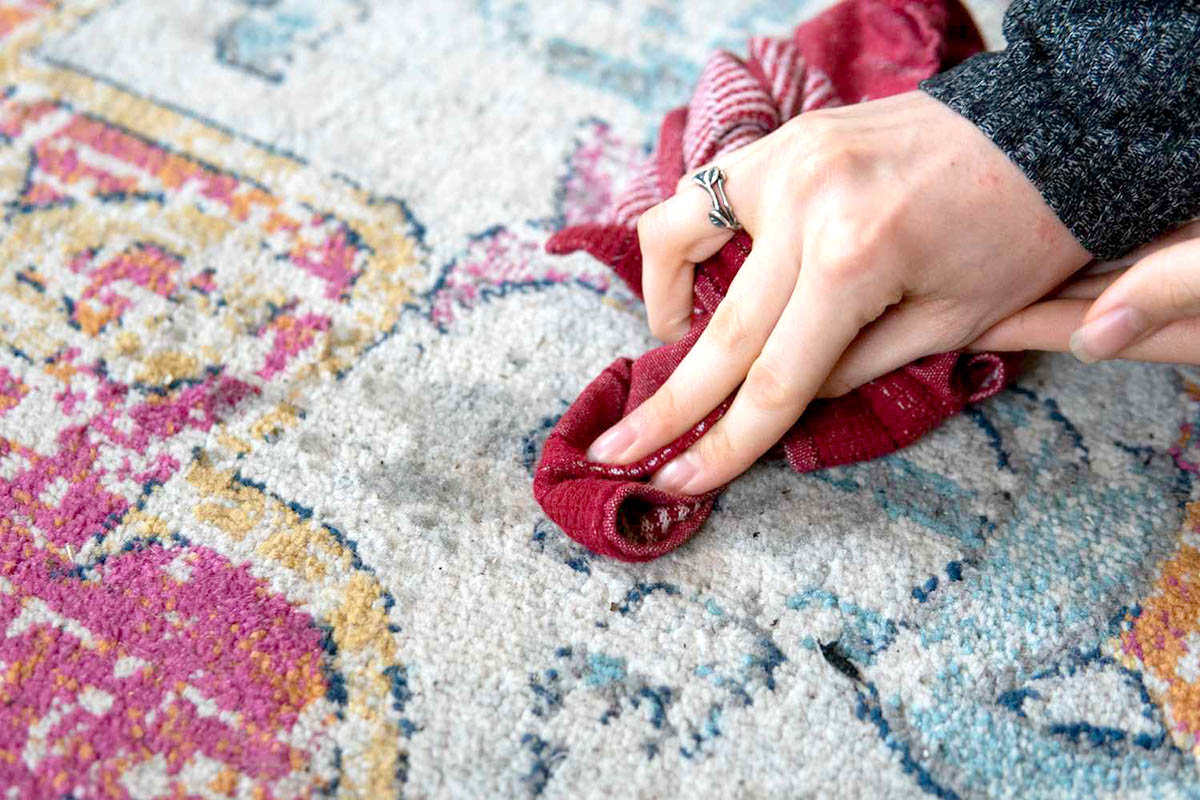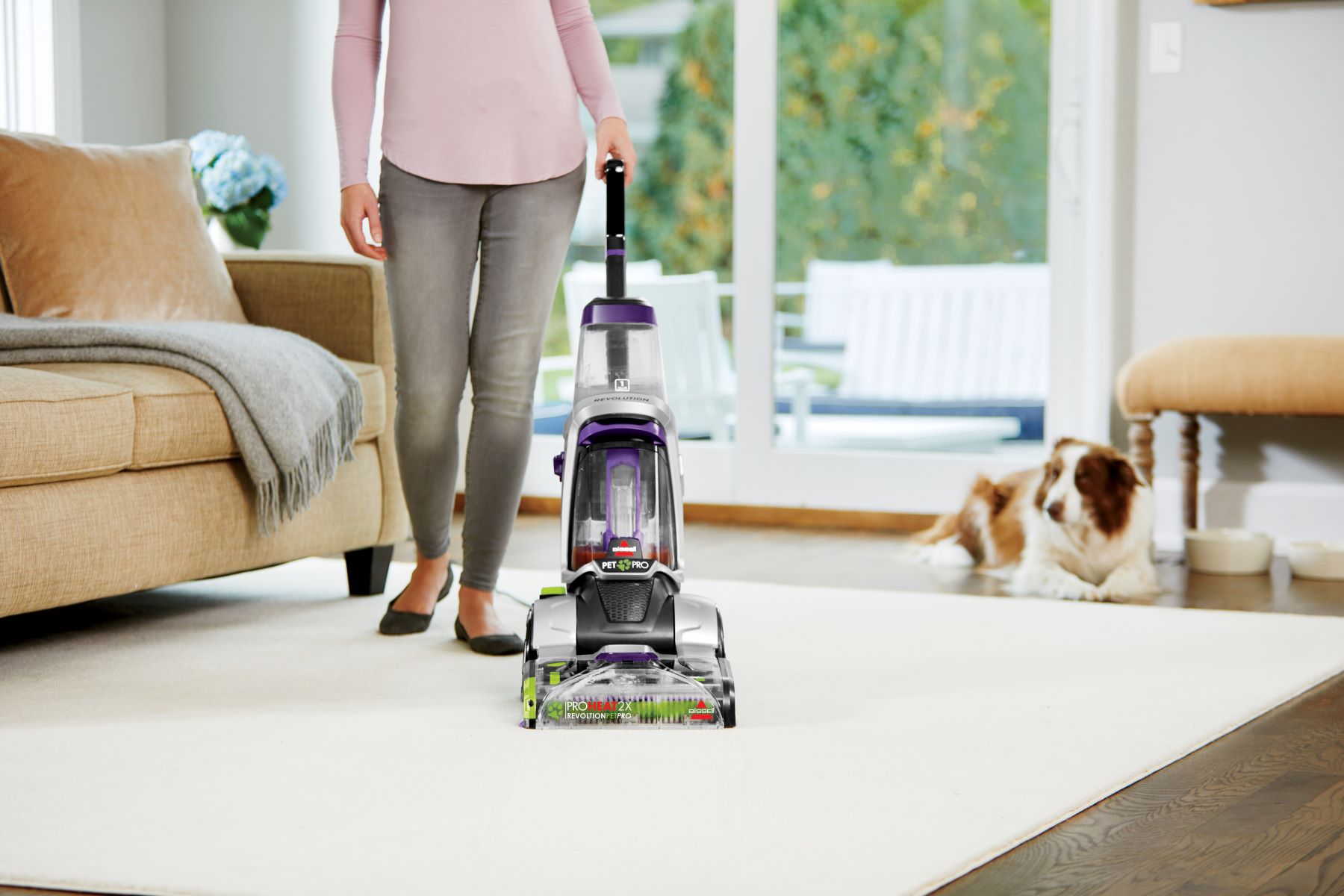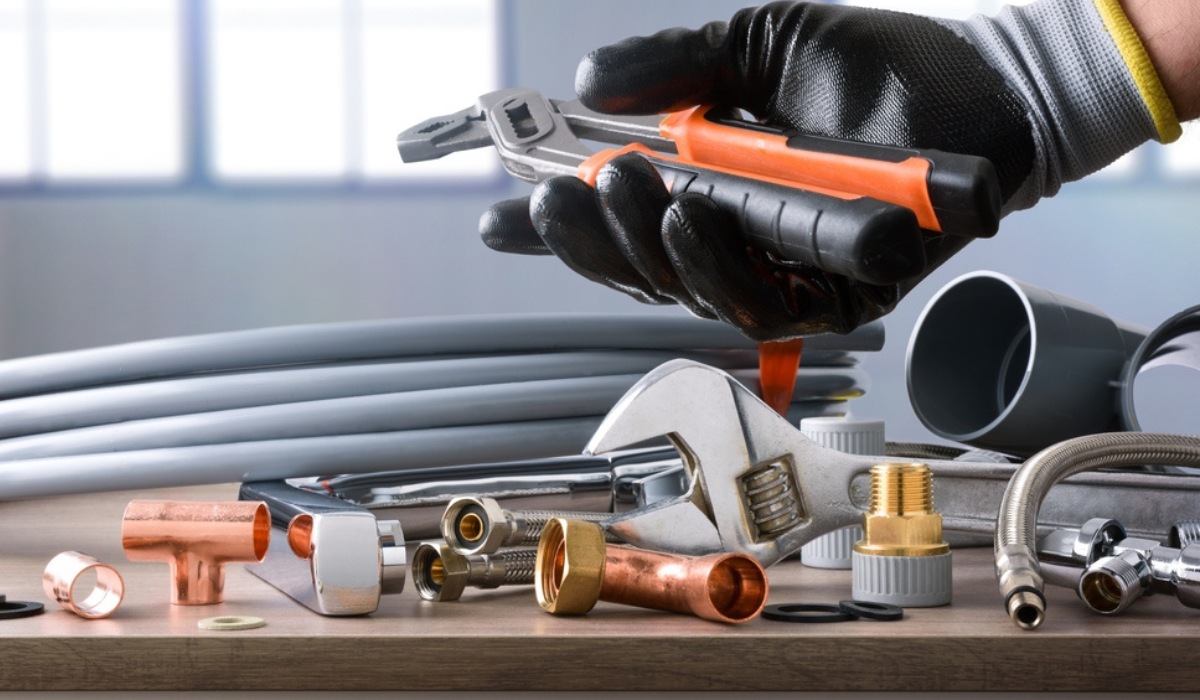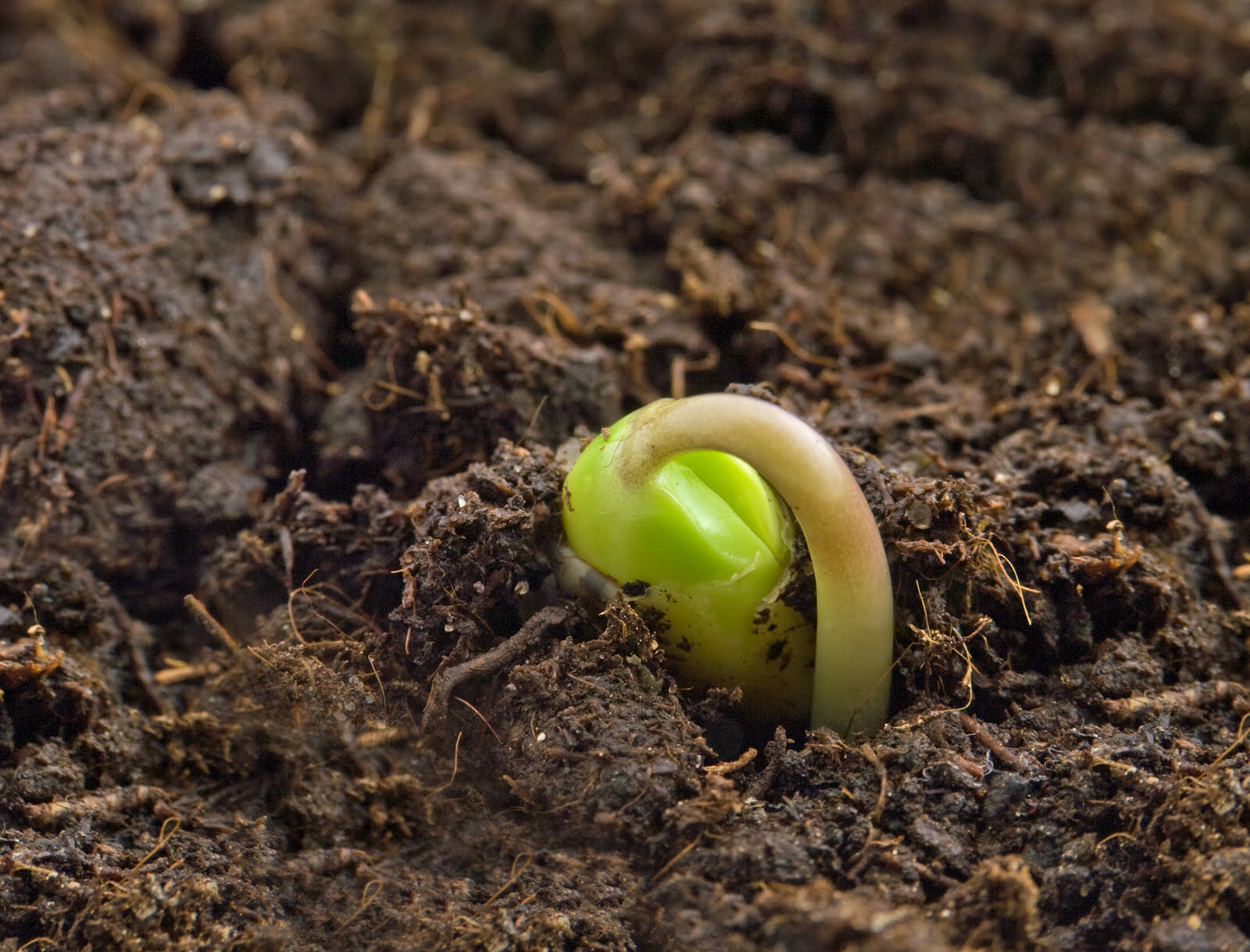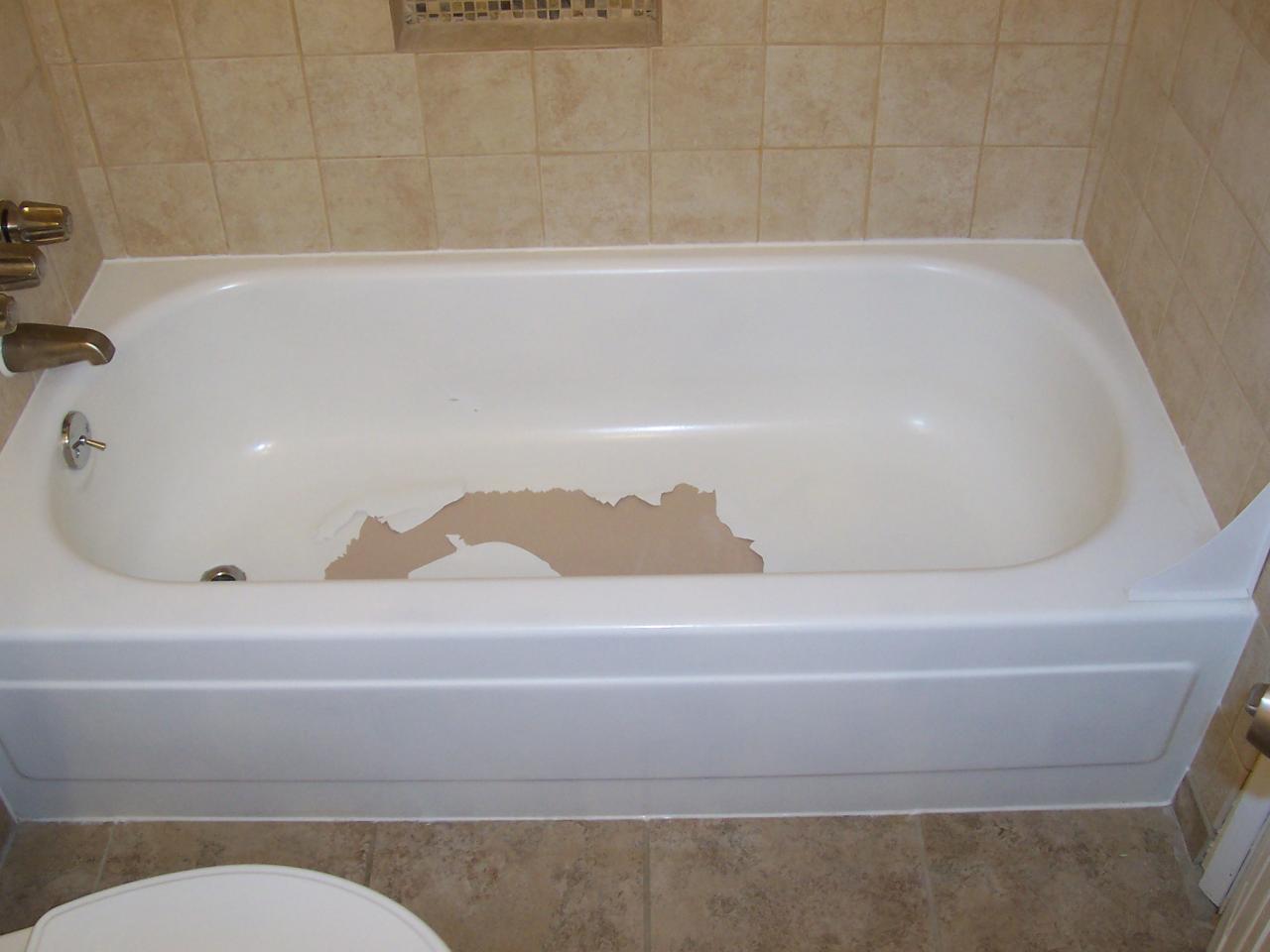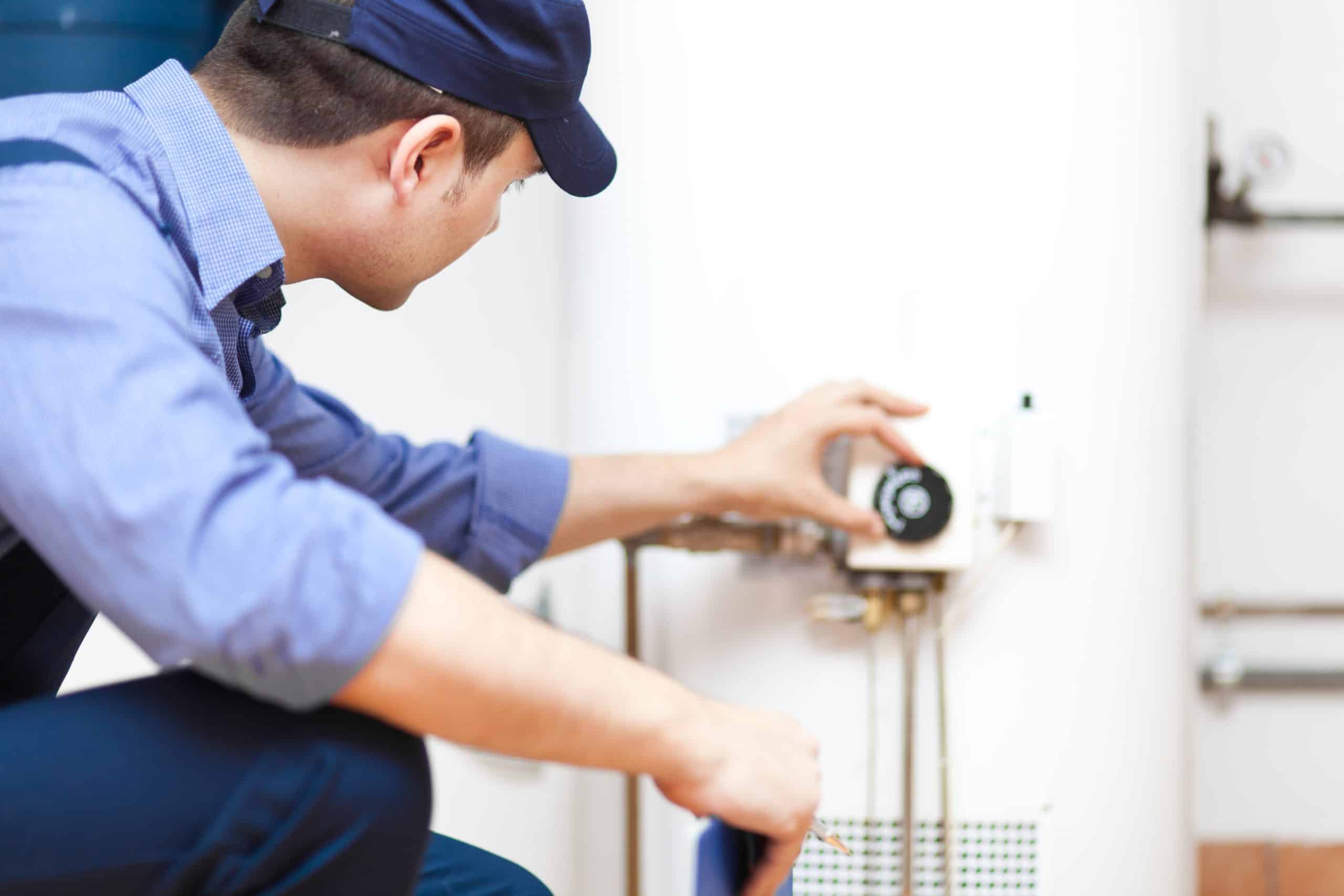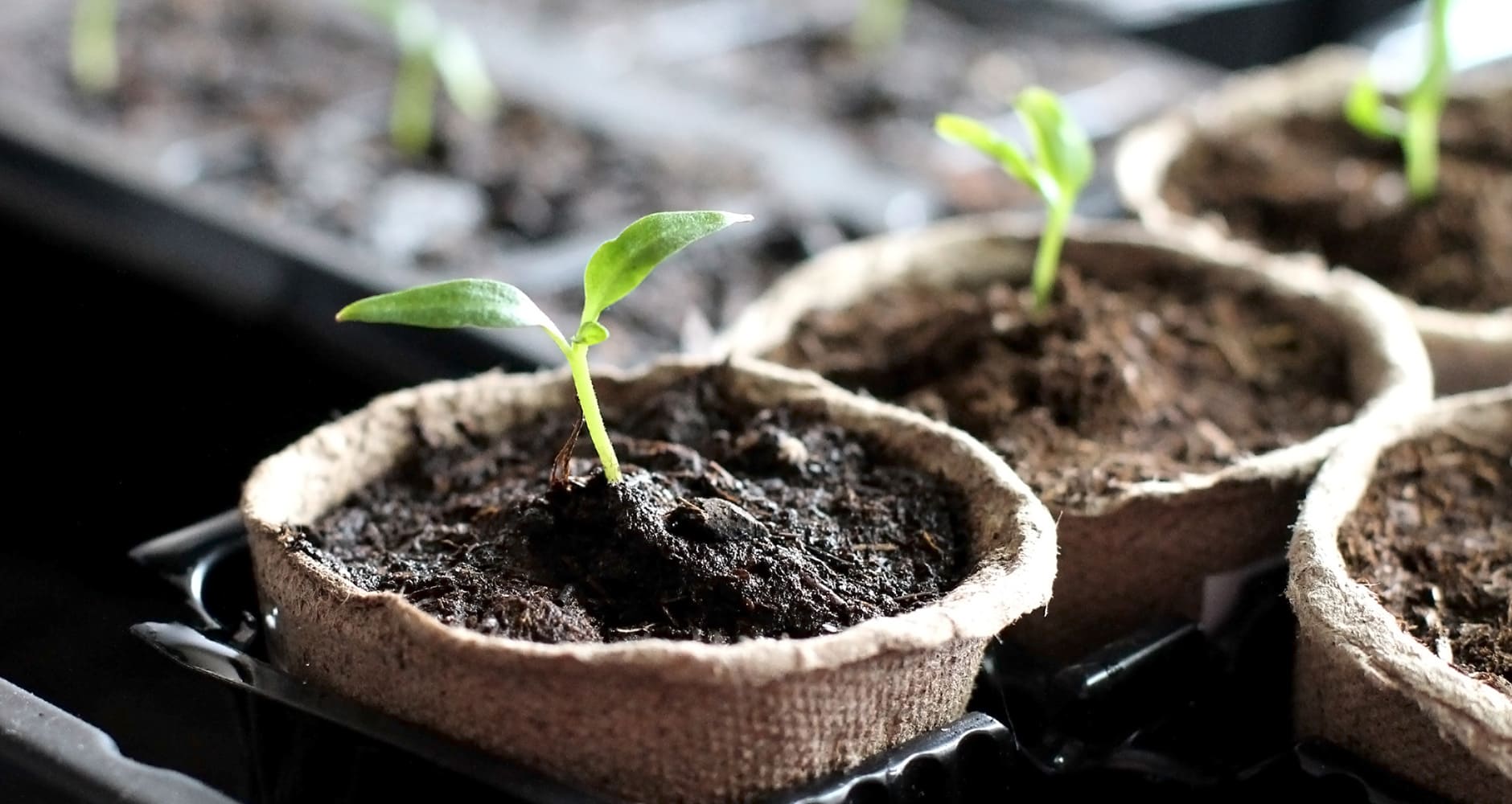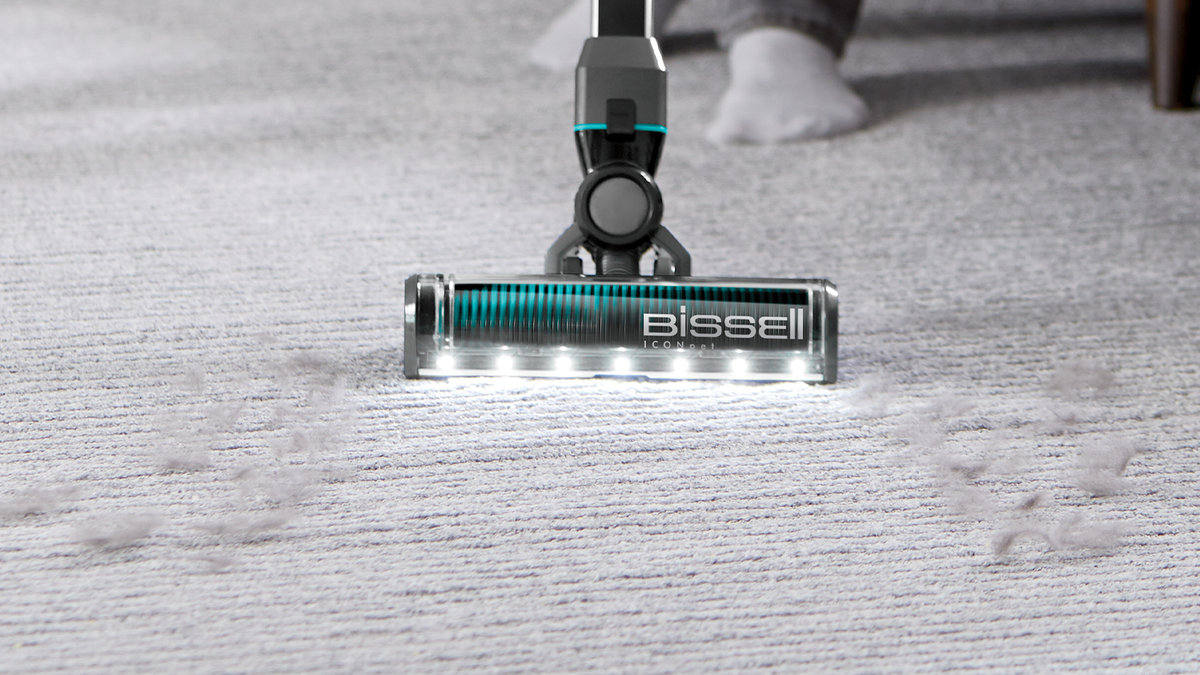

Articles
How Long Does It Take To Clean A Carpet
Modified: January 9, 2024
Looking for articles on how long it takes to clean a carpet? Discover expert insights and practical tips to get your carpets looking their best in no time.
(Many of the links in this article redirect to a specific reviewed product. Your purchase of these products through affiliate links helps to generate commission for Storables.com, at no extra cost. Learn more)
Introduction
Carpet cleaning is an essential part of maintaining a clean and healthy indoor environment. Whether it’s in your home or business, regular carpet cleaning helps to remove dirt, dust, allergens, and stains, extending the lifespan of your carpet and ensuring a fresh and inviting space. One common question that often arises when it comes to carpet cleaning is, “How long does it take to clean a carpet?” The answer to this question can vary depending on several factors. In this article, we will delve into the various factors that affect cleaning time and explore the different techniques used in carpet cleaning.
Finding an exact answer to the question is challenging because there isn’t a one-size-fits-all timeframe for carpet cleaning. The time required depends on multiple variables, such as the type and size of the carpet, the level of soiling and stains, the cleaning method used, the equipment and tools utilized, and the experience and skill of the cleaner.
When it comes to the type and size of the carpet, larger carpets naturally take more time to clean than smaller ones. Additionally, different types of carpets may require specific cleaning methods and techniques. For example, wool carpets need to be handled with care and require a gentler cleaning approach compared to synthetic carpets.
The level of soiling and stains on the carpet is another influential factor in determining the cleaning time. Heavily soiled carpets, or those with stubborn stains, may require more extensive cleaning and targeted treatment, which can prolong the overall cleaning process.
The cleaning method chosen also affects the time required to clean a carpet. Different techniques, such as hot water extraction, dry cleaning, bonnet cleaning, or carpet shampooing, have varying process durations. Each method offers its own benefits and considerations, with some techniques requiring more time for thorough cleaning and proper drying.
The equipment and tools utilized by the cleaner further impact the cleaning time. Advanced cleaning equipment, such as high-powered steam cleaners or industrial-grade vacuum cleaners, can expedite the cleaning process and deliver more effective results.
Furthermore, the experience and skill of the cleaner play a significant role in determining how long it takes to clean a carpet. Experienced professionals who are familiar with various carpet types and cleaning techniques can complete the task more efficiently, whereas inexperienced cleaners may take longer to achieve the desired results.
Now that we’ve explored the factors affecting cleaning time, let’s take a closer look at the time required for different carpet cleaning techniques.
Key Takeaways:
- Regular carpet cleaning time varies based on factors like carpet type, size, soiling level, cleaning method, equipment, and cleaner’s skill. Consulting professionals can estimate a reasonable timeframe for efficient cleaning.
- Factors such as carpet type, soiling level, cleaning method, equipment, and cleaner’s skill influence the time required for carpet cleaning. Understanding these factors helps estimate a reasonable cleaning timeframe.
Read more: How Long Does A Carpet Cleaning Take
Factors Affecting Cleaning Time
When it comes to carpet cleaning, several factors come into play that can affect the amount of time it takes to thoroughly clean a carpet. Understanding these factors is crucial in determining an appropriate timeframe for the cleaning process. Let’s explore the key factors that can influence cleaning time:
- Type and Size of Carpet: The type and size of the carpet are significant considerations when estimating the cleaning time. Larger carpets naturally require more time to clean compared to smaller ones. Additionally, different carpet materials may require specific cleaning techniques to ensure optimal results. For instance, delicate wool carpets may need a gentler approach than synthetic carpets.
- Level of Soiling and Stains: The level of soiling and the presence of stubborn stains on the carpet can significantly impact the cleaning time. Heavily soiled carpets or carpets with deep-set stains may require more extensive cleaning procedures, such as multiple passes or targeted treatments, which can prolong the overall cleaning process.
- Cleaning Method Used: The chosen cleaning method will also affect the time required to clean the carpet. There are various techniques available, including hot water extraction, dry cleaning, bonnet cleaning, and carpet shampooing, each with its own pros and cons. Some methods may require more time for thorough cleaning and proper drying, while others may be quicker but provide less deep cleaning.
- Equipment and Tools Utilized: The quality and efficiency of the equipment and tools used during the cleaning process can have a significant impact on cleaning time. Advanced cleaning equipment, such as high-powered steam cleaners or industrial-grade vacuum cleaners, can expedite the cleaning process and deliver more effective results, reducing the overall time required.
- Experience and Skill of the Cleaner: The experience and skill of the cleaner play a vital role in determining the efficiency and speed of the cleaning process. Experienced professionals who are well-versed in different carpet types and cleaning techniques can work more efficiently, completing the task in less time. Inexperienced cleaners, on the other hand, may take longer to achieve satisfactory results.
It’s important to note that these factors are interrelated, and their influence on cleaning time may vary from one situation to another. For example, a heavily soiled and stained carpet may require additional time, even if an experienced cleaner is using advanced equipment and a fast cleaning method.
By considering these factors and assessing the specific requirements of the carpet, it becomes possible to estimate a reasonable timeframe for cleaning. It is advisable to consult professional carpet cleaners who can assess the condition of your carpet and provide a more accurate estimate based on these influencing factors.
Type and Size of Carpet
When it comes to estimating the time required to clean a carpet, two essential factors to consider are the type and size of the carpet. These factors can greatly influence the cleaning process and determine the overall cleaning time. Let’s delve into each of these factors in more detail:
Type of Carpet: Different types of carpets require varying cleaning techniques and approaches. It is important to identify the type of carpet you have before determining the cleaning process. Some common types of carpets include:
- Natural Fiber Carpets: Carpets made from natural fibers such as wool, silk, or sisal require gentle and specialized cleaning methods. These carpets are more delicate and can be easily damaged if not handled properly. Cleaning these carpets often involves the use of pH-neutral detergents and low-moisture techniques to minimize the risk of shrinkage or color fading.
- Synthetic Fiber Carpets: Synthetic carpets, such as nylon, polyester, or olefin, are more durable and can withstand a wider range of cleaning methods. These carpets are commonly found in residential and commercial settings. Hot water extraction, dry cleaning, or steam cleaning methods, depending on the manufacturer’s recommendations, are frequently used to clean synthetic fiber carpets effectively.
- Berber Carpets: Berber carpets are characterized by their looped pile construction, which can trap dirt and debris more easily. Cleaning Berber carpets often requires special attention to avoid snagging or unraveling the loops. Dry foam or low-moisture cleaning methods are commonly used to clean Berber carpets gently and prevent any damage to the loops.
- Shag Carpets: Shag carpets have longer, plush fibers that can hold onto dirt and require more thorough cleaning. Special care must be taken during the cleaning process to prevent the fibers from tangling or matting. Vacuuming and steam cleaning, using an appropriate attachment, are commonly used to clean shag carpets effectively.
Size of Carpet: The size of the carpet directly impacts the cleaning time. Larger carpets naturally require more time to clean compared to smaller ones. This is because there is a greater surface area to cover, and more thorough cleaning is required to ensure all areas are adequately cleaned. Moreover, larger carpets may have more intricate patterns or areas with heavy traffic that require additional attention and cleaning time.
Additionally, the layout and accessibility of the carpet can also influence the cleaning time. Carpets in open spaces or with easy access can be cleaned more efficiently since the cleaner can maneuver around the area more easily. However, carpets in tight or confined spaces, such as narrow hallways or rooms filled with furniture, may require more time and effort to clean thoroughly.
When estimating the cleaning time for a carpet, it is important to consider both the type and size of the carpet. This ensures that the cleaning process is tailored to the specific requirements of the carpet, resulting in a thorough and efficient cleaning. Consulting with professional carpet cleaners can help determine the most suitable cleaning methods and provide a more accurate estimate based on the type and size of your carpet.
Level of Soiling and Stains
One of the key factors that significantly affects the time required to clean a carpet is the level of soiling and the presence of stains. Carpets can accumulate dirt, dust, debris, and stains over time, which can impact their appearance and overall cleanliness. Let’s explore how the level of soiling and the presence of stains can influence the cleaning time:
Level of Soiling: The level of soiling refers to the amount of dirt and debris that has accumulated on the surface and within the fibers of the carpet. Carpets in high-traffic areas, such as hallways or living rooms, may accumulate more dirt and require more thorough cleaning compared to carpets in less frequently used spaces. Additionally, carpets in households with pets or young children may have a higher level of soiling, as they are more prone to spills, accidents, and tracked-in dirt. A heavily soiled carpet will typically require more time for effective cleaning, as multiple passes and deep cleansing techniques may be necessary to remove ingrained dirt and restore the carpet’s cleanliness.
Stains: Stains on the carpet can be a result of various factors, such as spills, pet accidents, or tracked-in liquids. Different types of stains, such as food stains, ink stains, or pet stains, may require specific treatment methods to remove them effectively. The presence of stains on a carpet can extend the cleaning time as the cleaner needs to identify and apply appropriate stain removal techniques. In some cases, pre-treatment processes or additional spot cleaning may be necessary to fully eliminate the stains. Each stain is unique, and the complexity of removing it can influence the overall cleaning time.
The time required to clean a carpet with a higher level of soiling or with stubborn stains can vary significantly from a lightly soiled or stain-free carpet. The cleaner may need to spend additional time and effort to address these specific areas of concern. It is essential to take into account the severity and extent of soiling and stains when estimating the cleaning time for a carpet.
Professional carpet cleaners are trained and equipped to handle different levels of soiling and stains effectively. They have the expertise to assess the condition of the carpet and determine the best course of action for thorough cleaning. By engaging their services, you can ensure that even heavily soiled carpets or carpets with stubborn stains are cleaned efficiently and restored to their optimal condition.
Cleaning Method Used
The choice of cleaning method is a crucial factor that can greatly impact the time required to clean a carpet. Different cleaning methods have varying processes, techniques, and drying times. Let’s explore some of the commonly used carpet cleaning methods and their effect on cleaning time:
Hot Water Extraction: Hot water extraction, also known as steam cleaning, is a widely used and highly effective carpet cleaning method. It involves the application of hot water and a cleaning solution to the carpet, followed by a powerful vacuum extraction to remove dirt, debris, and allergens. This method provides deep cleaning and can eliminate stubborn stains. However, hot water extraction typically requires a longer cleaning time due to the thorough cleaning process and the time needed for the carpet to dry after extraction.
Dry Cleaning: Dry cleaning is a low-moisture cleaning method that uses specialized cleaning solvents or powders to break down dirt and stains. The cleaning solution is applied to the carpet and then agitated to loosen the dirt, which is subsequently extracted using a vacuum machine. This method offers a faster drying time compared to hot water extraction since minimal moisture is involved. Dry cleaning is particularly suitable for carpets that cannot tolerate excessive moisture or for areas where quick drying is necessary.
Bonnet Cleaning: Bonnet cleaning is a surface cleaning method that involves the use of a bonnet or absorbent pad attached to a floor machine. The pad is soaked in a cleaning solution and then rotated over the surface of the carpet to absorb dirt and stains. This method is relatively quick and can provide immediate surface cleaning results. However, bonnet cleaning is less effective for deep cleaning and may not be suitable for heavily soiled or stained carpets.
Carpet Shampooing: Carpet shampooing is a traditional cleaning method that involves the application of a foamy shampoo solution to the carpet. The carpet is then agitated using a brush or rotary machine to work the shampoo into the fibers and loosen dirt. Afterward, the shampoo and dirt are extracted using a vacuum machine. Carpet shampooing can be time-consuming, as it requires multiple passes to ensure thorough cleaning and effective removal of the shampoo residue. The drying time for carpet shampooing is relatively longer compared to other methods.
Each cleaning method has its own advantages and considerations, and the choice depends on the specific requirements of the carpet and the desired results. The cleaning method used will directly impact the cleaning time, as certain methods entail more thorough cleaning processes or require longer drying times. Professional carpet cleaners can assess the condition of the carpet and recommend the most appropriate cleaning method to achieve the desired results while considering factors such as the level of soiling, type of stains, and the urgency for quick drying.
By understanding the various cleaning methods available and their effect on cleaning time, you can make an informed decision about the most suitable approach for your carpet cleaning needs.
Equipment and Tools Utilized
The equipment and tools used during the carpet cleaning process can have a significant impact on the time required to clean a carpet. Advanced and efficient equipment can streamline the cleaning process, resulting in a quicker turnaround time. Let’s explore some of the equipment and tools commonly used in professional carpet cleaning:
Vacuum Cleaner: A high-quality vacuum cleaner is the foundation of any carpet cleaning process. It helps to remove loose dirt, dust, and debris from the surface of the carpet. Industrial-grade vacuum cleaners with powerful suction capabilities can effectively extract embedded dirt and allergens from deep within the carpet fibers. The choice of appropriate vacuum attachments also contributes to more thorough cleaning, especially in hard-to-reach areas or areas with heavy soiling.
Carpet Cleaning Machine: Carpet cleaning machines, such as hot water extractors or steam cleaners, play a crucial role in deep cleaning carpets. These machines utilize hot water or steam in combination with cleaning solutions to penetrate the carpet fibers and dislodge dirt and stains effectively. Professional-grade carpet cleaning machines often have high-pressure capabilities and strong vacuum suction to extract dirt and excess moisture efficiently. The use of advanced carpet cleaning machines can significantly reduce the cleaning time by providing more thorough and efficient cleaning results.
Rotary Machines: Rotary machines, equipped with brushes or pads, can be used to agitate the carpet and enhance the cleaning process. These machines help to loosen dirt, break down stains, and distribute cleaning solutions evenly throughout the carpet. By utilizing rotary machines, the cleaner can achieve more effective results in less time, as the agitation process aids in dislodging stubborn dirt and stains.
Spot Treatment Tools: For targeted stain removal, spot treatment tools such as sprayers or brushes are employed. These tools allow the cleaner to apply specialized stain removal solutions directly to specific areas of concern. By treating stains individually, the cleaner can focus on areas that require extra attention, reducing the overall cleaning time and ensuring more successful stain removal.
Drying Tools: Proper drying of the carpet is essential to prevent mold or mildew growth and to restore the carpet to its usable state. Utilizing drying tools such as air movers or dehumidifiers can expedite the drying process. These tools help to circulate air and remove excess moisture from the carpet, reducing the overall drying time and allowing for a faster return to normal use.
By utilizing efficient and appropriate equipment and tools, professional carpet cleaners can enhance the cleaning process and minimize the time required to clean a carpet. These tools not only facilitate effective dirt and stain removal but also aid in accelerating the drying process, ensuring a quicker turnaround time. When hiring professional carpet cleaning services, inquire about the types of equipment and tools they use to ensure a more efficient and satisfactory cleaning experience.
Experience and Skill of the Cleaner
The experience and skill of the carpet cleaner are crucial factors that can significantly impact the time required to clean a carpet. An experienced and skilled cleaner possesses the knowledge, expertise, and techniques necessary to efficiently and effectively clean carpets. Let’s explore how the experience and skill of the cleaner can influence the cleaning time:
Efficiency in Process: Experienced carpet cleaners have a thorough understanding of the cleaning process and know how to optimize their workflow. They are familiar with the steps involved, from pre-inspection to post-cleaning procedures, and can work systematically and efficiently. Their experience allows them to complete each task promptly without unnecessary delays, ultimately reducing the overall cleaning time. They can identify the most effective cleaning techniques for different carpet types and soiling levels, ensuring a more efficient and targeted approach.
Knowledge of Cleaning Techniques: Skilled carpet cleaners are well-versed in a range of cleaning techniques and can assess the most suitable method for each carpet. They understand the strengths and limitations of different cleaning techniques, from hot water extraction to dry cleaning, and can select the most appropriate approach for optimal cleaning results. This expertise minimizes the time spent on trial-and-error or ineffective cleaning methods, accelerating the overall cleaning process.
Spot Treatment and Stain Removal: Experienced cleaners have a keen eye for identifying stains and knowing the most effective spot treatment methods. They can quickly assess the type of stain and select the appropriate stain removal solution or technique. Their skill in spot treatment reduces the time spent on labor-intensive stain removal, ensuring efficient and successful results.
Attention to Detail: Skilled cleaners pay attention to every detail, ensuring that all areas of the carpet are thoroughly cleaned. They are meticulous in their approach, ensuring that no sections are overlooked or inadequately cleaned. By taking the time to properly clean and address every part of the carpet, experienced cleaners can achieve more satisfactory results within a reasonable timeframe.
Familiarity with Carpet Types: Different carpets require different care and cleaning techniques. Skilled cleaners have experience working with various types of carpets, ranging from natural fibers to synthetic materials, and understand the specific requirements of each. This familiarity allows them to adapt their cleaning methods accordingly, ensuring that the cleaning process is both efficient and safe for the specific carpet being treated.
When hiring a carpet cleaner, it is essential to consider their level of experience and skill. Experienced professionals can provide a reliable timeframe for completing the cleaning process while maintaining high standards of cleanliness. Their expertise allows for smooth and efficient operations, ultimately reducing the overall time required to clean a carpet.
By engaging the services of a reputable and experienced carpet cleaner, you can be confident in their ability to clean your carpet thoroughly and efficiently, saving you time and ensuring a satisfactory cleaning experience.
The time it takes to clean a carpet depends on its size, level of soiling, and the cleaning method used. Generally, it can take anywhere from 20 minutes to several hours. Regular vacuuming can help reduce the time needed for deep cleaning.
Time Required for Different Cleaning Techniques
When it comes to cleaning carpets, different techniques yield varying results and require different amounts of time to complete. The choice of cleaning technique depends on factors such as the type of carpet, level of soiling, and desired outcome. Let’s explore the time required for different carpet cleaning techniques:
Hot Water Extraction: Hot water extraction, also known as steam cleaning, is a popular and effective carpet cleaning method. It typically involves the application of hot water mixed with a cleaning solution to the carpet, followed by thorough extraction. The time required for hot water extraction can vary depending on the size and condition of the carpet. Generally, it takes around 20 minutes to clean a standard-sized room with a hot water extraction machine. However, it’s important to consider additional time for preparation, such as pre-vacuuming and furniture moving, as well as the necessary drying time after the cleaning process.
Dry Cleaning: Dry cleaning is a low-moisture method that involves the use of specialized cleaning solvents or powders to lift and remove dirt from the carpet. Dry cleaning typically requires less time compared to other methods. It usually takes around 30 minutes to an hour to complete the dry cleaning process for a standard-sized room. Since minimal moisture is used, the carpet dries relatively quickly after the cleaning is finished, allowing for immediate use.
Bonnet Cleaning: Bonnet cleaning is a surface cleaning method that involves the use of a bonnet or absorbent pad attached to a floor machine. The bonnet is saturated with a cleaning solution and rotated over the carpet to absorb dirt and stains. Bonnet cleaning is a relatively quick process, usually taking around 20 minutes to clean a standard-sized room. However, it’s important to note that bonnet cleaning primarily focuses on the surface of the carpet and may not provide deep cleaning for heavily soiled or stained areas.
Carpet Shampooing: Carpet shampooing is a traditional cleaning method that involves the application of a foamy shampoo solution to the carpet, followed by agitation and extraction. The shampooing process typically takes longer compared to other methods, as multiple passes are required for thorough cleaning. On average, it may take around 45 minutes to an hour to clean a standard-sized room using the carpet shampooing method. Drying time after carpet shampooing can be lengthier due to the use of moisture in the cleaning process.
The time required for each cleaning technique mentioned above is approximate and can vary based on several factors, including the size of the carpet, level of soiling, and the expertise of the cleaner. It’s essential to allow ample time for preparation, actual cleaning, and drying to ensure a thorough and effective carpet cleaning process.
When seeking professional carpet cleaning services, it is advisable to consult with experienced professionals who can assess your specific carpet cleaning needs and provide a more accurate estimate based on the cleaning technique selected and the condition of your carpets.
Hot Water Extraction
Hot water extraction, also known as steam cleaning, is a highly effective and widely used method for cleaning carpets. It involves the use of hot water, mixed with a cleaning solution, to thoroughly clean and extract dirt, debris, and stains from the carpet fibers. Let’s take a closer look at the hot water extraction process:
Preparation: Before beginning the hot water extraction process, the cleaner will typically prepare the carpet by conducting a pre-vacuuming. This step helps to remove loose dirt, dust, and debris from the carpet surface, ensuring a more effective cleaning process. Additionally, any furniture or objects in the cleaning area may need to be moved or protected to provide easy access to the carpet.
Application of Cleaning Solution: Once the carpet is prepared, the cleaner will begin the hot water extraction process by applying a specially formulated cleaning solution. This cleaning solution helps to break down and loosen dirt, stains, and other contaminants within the carpet fibers, making them easier to extract.
Agitation: After the cleaning solution is applied, the cleaner may use a carpet brush or rotary machine to agitate the solution into the carpet fibers. This agitation aids in loosening dirt and stains, ensuring a more thorough and effective cleaning. It helps to dislodge embedded particles and allows the cleaning solution to penetrate deeper into the carpet.
Hot Water Extraction: Once the cleaning solution has been applied and agitated, the hot water extraction machine is used to rinse and extract the dirt and cleaning solution from the carpet. The machine sprays a mixture of hot water and the cleaning solution onto the carpet, while simultaneously using powerful suction to extract the dirty water. This process effectively removes dirt, debris, allergens, and stains from the carpet fibers, leaving it cleaner and refreshed.
Drying Process: After the hot water extraction process, the carpet will be damp. It is essential to allow sufficient drying time before walking on or placing furniture back on the carpet. The drying time can vary depending on factors such as the temperature, humidity, and airflow in the room. To expedite drying, it is recommended to open windows, turn on fans, or use dehumidifiers. Professional carpet cleaners may also use specialized equipment, such as air movers, to accelerate the drying process.
Benefits of Hot Water Extraction: Hot water extraction offers several benefits beyond its deep cleaning capabilities. It effectively removes dirt, allergens, and stains from the carpet, helping to improve indoor air quality and create a healthier environment. Hot water extraction is also suitable for carpets of various types, including synthetic and natural fiber carpets. Furthermore, this method is known for its ability to tackle tough stains and restore the appearance of the carpet, extending its lifespan.
When seeking professional carpet cleaning services, it is important to choose qualified technicians with experience in hot water extraction. Their expertise and knowledge will ensure the proper application of the technique, resulting in a meticulously cleaned carpet. By opting for hot water extraction, you can enjoy the benefits of a hygienic and revitalized carpet that enhances the overall cleanliness and aesthetics of your space.
Dry Cleaning
Dry cleaning is a popular carpet cleaning method that offers a low-moisture alternative to traditional steam cleaning. It utilizes specialized cleaning solvents and powders to remove dirt, stains, and allergens from the carpet fibers. Dry cleaning is an efficient and effective method that provides several benefits. Let’s take a closer look at the dry cleaning process:
Preparation: Before starting the dry cleaning process, the carpet is typically prepared by conducting a thorough vacuuming. This helps to remove loose dirt, dust, and debris from the carpet surface, ensuring optimal cleaning results. Additionally, any furniture or objects in the cleaning area may need to be moved or protected to provide easy access to the carpet.
Application of Cleaning Agent: Once the carpet is prepared, the dry cleaning agent is applied. This can be in the form of a dry cleaning solvent or a powder. The agent is spread evenly over the carpet surface, allowing it to penetrate and absorb dirt, stains, and other contaminants present in the carpet fibers.
Agitation: After the dry cleaning agent is applied, the cleaner may use a brush or a specialized machine with rotating brushes to agitate the agent into the carpet fibers. This helps to dislodge dirt and stains from the carpet, ensuring thorough cleaning and maximum effectiveness of the dry cleaning process.
Extraction: Once the dry cleaning agent has had sufficient time to work on the carpet, a vacuum cleaner equipped with a specialized attachment is used to extract the dirt and cleaning agent from the carpet fibers. The vacuum cleaner employs strong suction to effectively remove the debris, leaving the carpet cleaner and refreshed.
Drying Process: Unlike steam cleaning, dry cleaning does not involve the use of excessive moisture. As a result, the carpet typically dries much faster after the dry cleaning process. This means there is minimal to no downtime required, allowing you to use the carpet almost immediately after the cleaning is completed.
Benefits of Dry Cleaning: Dry cleaning offers several advantages that make it a popular choice for carpet cleaning. Firstly, it is a low-moisture method, making it suitable for carpets that cannot tolerate excessive moisture or where quick drying times are essential. Additionally, dry cleaning is effective in removing surface dirt, stains, and allergens, leaving the carpet refreshed and revitalized. It is also known for its ability to minimize the risk of shrinkage, color fading, or damage to delicate carpet fibers.
When considering dry cleaning for your carpets, it is important to note that this method may not be as effective for deep-seated dirt or heavily soiled carpets. It is best suited for regular maintenance and surface cleaning. For carpets with significant stains or soiling, it may be necessary to consider alternative cleaning methods such as hot water extraction.
Professional carpet cleaners with experience in dry cleaning can provide a thorough and efficient cleaning process. By choosing dry cleaning, you can enjoy the benefits of a clean and fresh carpet without the extended drying times associated with other cleaning methods.
Bonnet Cleaning
Bonnet cleaning is a popular carpet cleaning method that offers a quick and efficient way to clean carpets, particularly for routine maintenance and surface cleaning. This method involves the use of a floor machine equipped with a rotating bonnet or absorbent pad. Bonnet cleaning is known for its ability to provide immediate surface cleaning results. Let’s take a closer look at the bonnet cleaning process:
Preparation: Before beginning the bonnet cleaning process, the carpet is typically prepared by conducting a thorough vacuuming. This helps to remove loose dirt, dust, and debris from the surface, allowing for better cleaning results. It is also important to move any furniture or objects in the cleaning area to ensure easy access to the carpet.
Application of Cleaning Solution: Once the carpet is prepared, a cleaning solution is applied to the carpet. This solution can be a pre-spray or a ready-to-use cleaning solution specifically designed for bonnet cleaning. The cleaning solution is evenly sprayed onto the carpet, ensuring sufficient coverage for effective cleaning.
Bonnet Cleaning Process: The bonnet cleaning process involves using a floor machine fitted with a bonnet or an absorbent pad. The bonnet is typically made of cotton, synthetic fibers, or a mix of both. The bonnet is attached to the floor machine and is dampened with water or a cleaning solution that helps to enhance its cleaning effectiveness.
The floor machine with the bonnet attached is then moved over the carpet, with the rotating action of the machine allowing the bonnet to absorb dirt and stains from the carpet fibers. The bonnet collects the dirt and contaminants as it absorbs solution from the carpet.
Replacement of Bonnet: As the bonnet becomes soiled, it needs to be replaced or flipped to a clean side to maintain its cleaning effectiveness. This helps to ensure that the bonnet is continuously absorbing dirt and stains from the carpet, providing consistent cleaning results.
Drying Process: Since bonnet cleaning involves using minimal moisture, the carpet typically dries quickly after the cleaning process. This allows for minimal downtime and enables you to use the carpet almost immediately after cleaning.
Benefits of Bonnet Cleaning: Bonnet cleaning offers several benefits that make it attractive for regular carpet maintenance. It provides quick results, making it a suitable option for high-traffic areas or areas where minimal disruption is desired. The process helps to remove surface dirt, stains, and spills effectively, leaving the carpet looking cleaner and refreshed. Bonnet cleaning can also help to restore the carpet’s appearance between more extensive cleanings.
However, it’s important to note that bonnet cleaning primarily targets the surface of the carpet and may not be as effective for deep-seated dirt or heavily soiled carpets. It is most effective for routine maintenance and regular carpet cleaning, helping to keep the carpet looking its best.
Professional carpet cleaners with experience in bonnet cleaning can provide a thorough and efficient cleaning process. By opting for bonnet cleaning, you can enjoy the benefits of a visibly cleaner carpet without the need for longer drying times required by other cleaning methods.
Carpet Shampooing
Carpet shampooing is a traditional and widely-used carpet cleaning method that involves the application of a foamy shampoo solution to the carpet. This method offers a thorough and deep cleaning by agitating the carpet fibers and extracting dirt and stains. Let’s delve into the carpet shampooing process:
Preparation: Before starting the carpet shampooing process, the carpet is typically prepared by conducting a thorough vacuuming. This helps to remove loose dirt, dust, and debris from the surface, allowing for better cleaning results. It is also important to move any furniture or objects in the cleaning area to ensure easy access to the entire carpet.
Application of Shampoo Solution: Once the carpet is prepared, a foamy shampoo solution is applied to the carpet. The shampoo solution contains cleaning agents that help to break down dirt, stains, and other pollutants within the carpet fibers. The solution is applied evenly across the carpet, ensuring complete coverage.
Agitation: After the shampoo solution is applied, the carpet is agitated to ensure the solution penetrates deep into the carpet fibers. This is typically done using a carpet brush or a rotary machine with rotating brushes. The agitation helps to dislodge dirt, loosen stains, and enhance the effectiveness of the cleaning solution.
Extraction: Once the shampoo solution has had sufficient time to work on the carpet, a vacuum cleaner or a carpet cleaning machine is used to extract the dirty shampoo solution from the carpet. The machine sprays clean water onto the carpet and simultaneously sucks up the soiled water along with the shampoo residue. This extraction process helps to remove dirt, stains, and excess moisture from the carpet fibers.
Drying Process: After the carpet shampooing process, the carpet is left damp. The drying time can vary depending on several factors, such as the carpet fiber type, humidity, and airflow in the room. It is important to provide adequate ventilation and air circulation in the area to expedite the drying process. This can be achieved by opening windows, using fans, or employing specialized drying equipment.
Benefits of Carpet Shampooing: Carpet shampooing offers several advantages that make it a popular choice for deep cleaning. It provides a thorough and extensive cleaning, helping to remove deeply embedded dirt, tough stains, and odors from the carpet fibers. Carpet shampooing can enhance the overall appearance of the carpet, leaving it looking cleaner and refreshed. It also rejuvenates the carpet fibers, extending the lifespan of the carpet.
However, it’s important to note that carpet shampooing requires more drying time compared to other carpet cleaning methods due to the use of moisture in the process. Additionally, the presence of shampoo residue may require multiple rounds of rinsing and extraction to ensure removal, which can add to the overall cleaning time.
Professional carpet cleaners with experience in carpet shampooing can provide a thorough and efficient cleaning process. By utilizing carpet shampooing, you can enjoy the benefits of a deeply cleaned carpet with improved aesthetics and freshness.
Conclusion
When it comes to carpet cleaning, the time required to clean a carpet can vary depending on several factors. Understanding these factors is essential in determining an accurate timeframe for the cleaning process. Factors such as the type and size of the carpet, the level of soiling and stains, the cleaning method used, the equipment and tools utilized, and the experience and skill of the cleaner all play a significant role in determining the cleaning time.
The type and size of the carpet influence the cleaning time, with larger carpets naturally requiring more time to clean compared to smaller ones. Different carpet types may also require specific cleaning techniques and approaches to ensure optimal results while avoiding any damage to the carpet fibers.
The level of soiling and the presence of stains on the carpet can significantly impact the cleaning time. Heavily soiled carpets or carpets with deep-set stains may require more extensive cleaning and targeted treatments, which can prolong the overall cleaning process.
The choice of cleaning method is another crucial factor affecting the cleaning time. Different techniques, such as hot water extraction, dry cleaning, bonnet cleaning, and carpet shampooing, have varying processes and drying times. Each method offers its own benefits and considerations, allowing for flexibility depending on the specific needs of the carpet.
The equipment and tools utilized during the cleaning process can greatly impact the cleaning time. Advanced and efficient equipment can streamline the cleaning process and shorten the overall time required to clean a carpet.
Lastly, the experience and skill of the cleaner are vital in determining the efficiency and speed of the cleaning process. Experienced professionals who are knowledgeable about different carpet types and cleaning techniques can work more efficiently, completing the task in less time while maintaining a high standard of cleanliness.
In conclusion, while it is difficult to provide an exact timeframe for carpet cleaning due to the many variables involved, considering the factors mentioned above can help estimate a reasonable timeframe. By consulting with experienced carpet cleaners, you can ensure a thorough and efficient cleaning process that meets your specific needs and maintains the cleanliness and freshness of your carpets. Regular carpet cleaning is essential in maintaining a clean and healthy indoor environment and prolonging the life of your carpets, ultimately enhancing the overall appearance and comfort of your space.
Frequently Asked Questions about How Long Does It Take To Clean A Carpet
Was this page helpful?
At Storables.com, we guarantee accurate and reliable information. Our content, validated by Expert Board Contributors, is crafted following stringent Editorial Policies. We're committed to providing you with well-researched, expert-backed insights for all your informational needs.
